5 Steps of Fossilization
Fossilization is a process that turns once-living organisms into stone-like fossils. Today, we’ll look into the steps of fossilization.
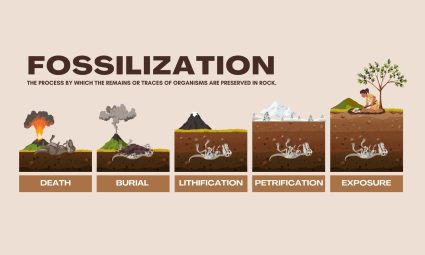
Fossilization is a process that turns once-living organisms into stone-like fossils. Today, we’ll look into the steps of fossilization.

Fossils are like nature’s time capsules because they give us a glimpse into the distant past. Learn about the 4 types of fossils today.
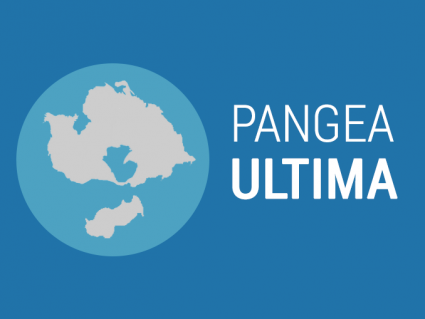
If you could fast-forward 250 million years in the future, you would witness all continents will assemble into one giant supercontinent called Pangea Ultima.
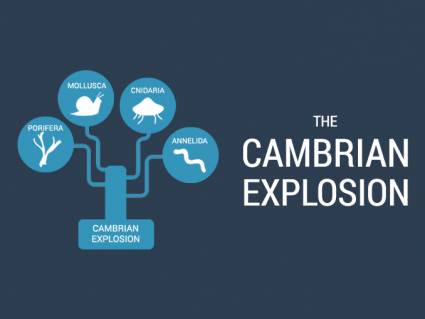
The Cambrian explosion was the largest diversification of life in Earth’s history. Ocean life started as sparse and simple. Then, it remarkably diversified.
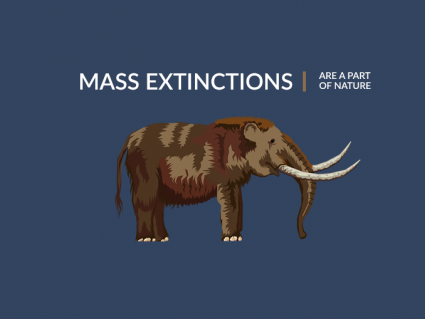
Earth has witnessed 5 mass extinctions where life experienced an abrupt ending. Time and time again, nature has always found a way to reshuffle the deck.
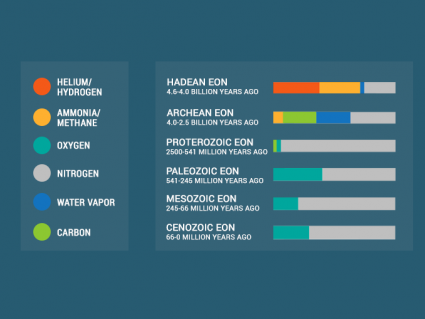
In Earth’s atmosphere history, oxygen levels have changed significantly. This includes hydrogen, helium, carbon dioxide and nitrogen composition in the air.
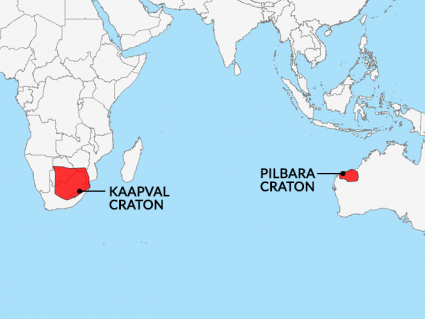
The evidence that Vaalbara (2.7-3.6 billion years ago) was the first supercontinent is mainly based on their sedimentary sequences and magnetic orientation.
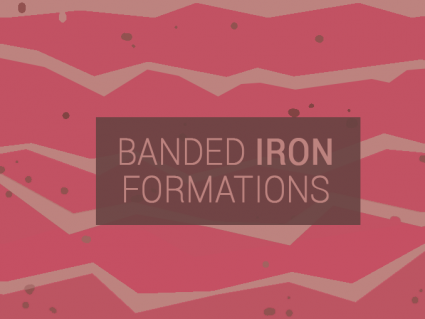
Long ago, oxygen filled the oceans. It mixed with iron which reacted by rusting. The seafloor collected rusted iron called banded iron formation (BIF).
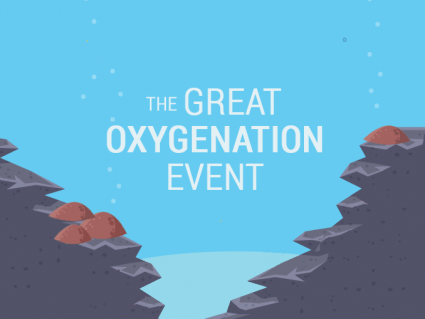
Over 4 billion years ago, Earth’s atmosphere was mostly methane & nitrogen. The Great Oxygenation Event marks a time when free oxygen filled the atmosphere.

At one point in time, all continents were merged together as one supercontinent “Pangea”. We’ve used fossil evidence to know continental drift exists.
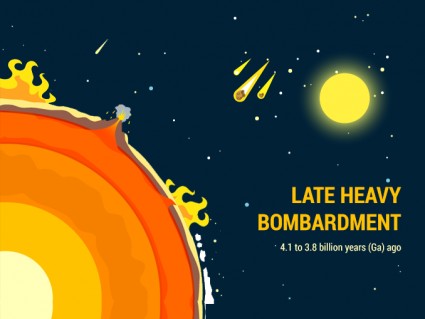
At the end of the Hadean Eon, the Earth was in the late bombardment stage. Earth and the entire solar system was pelted by asteroids, comets and objects.
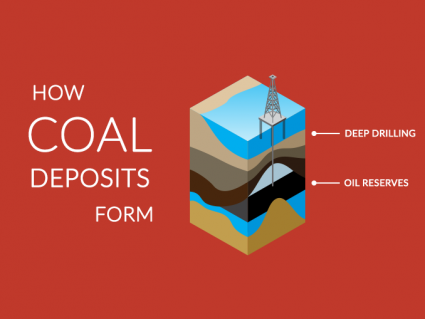
Hydrocarbons, oil and coal formation in general are made from living organisms that have been compacted from intense heat and pressure millions of years ago.
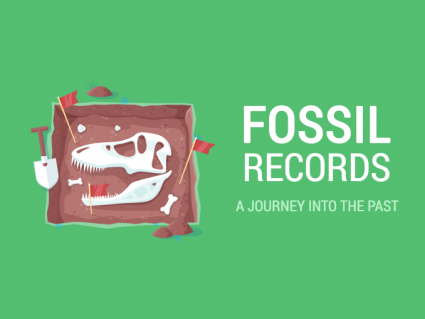
When you unveil a fossil, it’s like rewinding into the past. Fossils are preserved remains from past living things such as bones, shells or exoskeletons.